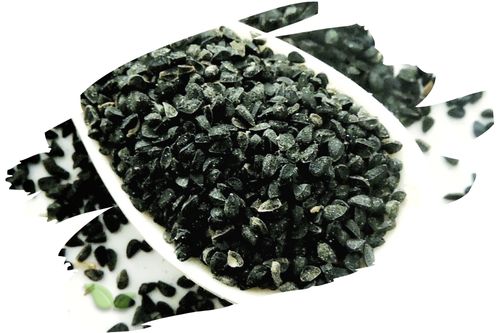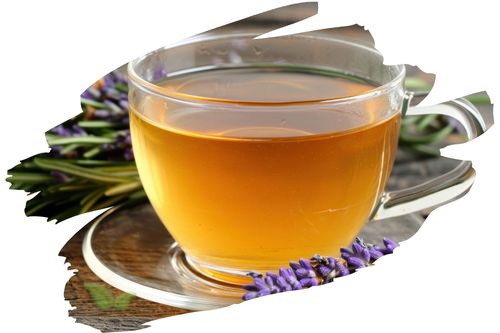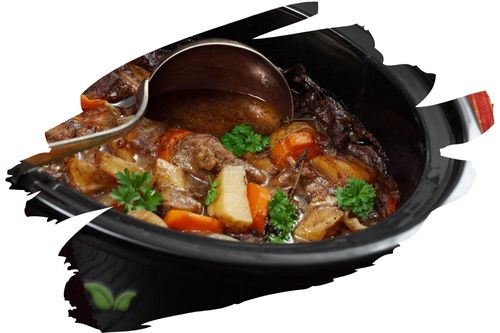
Introduction
Calendula and marigold are two beautiful and vibrant flowers often used in various applications, from gardening to herbal medicine. While they share some similarities, they are distinct in many ways. In this comprehensive article, we will explore the key differences between calendula and marigold, shedding light on their appearance, properties, uses, and more. By the end, you'll have a clear understanding of these lovely blossoms and how they differ from one another.
Calendula vs. Marigold: Appearance
Calendula and marigold may appear similar at first glance, but upon closer inspection, several noticeable differences become apparent.
Calendula
Calendula, also known as "pot marigold," boasts bright orange or yellow petals with a vibrant, sunny hue. The petals are smooth and slightly curved, creating a harmonious and inviting appearance. Calendula flowers typically have a mild, pleasant fragrance.
Marigold
Marigold, on the other hand, is renowned for its radiant, golden-yellow petals. These petals are often denser and more abundant than those of calendula. Marigold flowers also have a distinct, strong fragrance, which some find appealing for decorative purposes.
The Difference Between Calendula and Marigold: Classification
While both calendula and marigold belong to the plant kingdom, they are classified differently in the botanical world.
Calendula
Calendula, scientifically known as Calendula officinalis, belongs to the Asteraceae family. This family includes various other plants like daisies and sunflowers. Calendula is an herbaceous plant with numerous medicinal properties.
Marigold
Marigold, scientifically known as Tagetes, belongs to the Asteraceae family as well. However, it is a broader genus encompassing several species of marigolds, including the commonly cultivated Tagetes erecta (African marigold) and Tagetes patula (French marigold).
Uses of Calendula and Marigold
Both calendula and marigold have been used for various purposes throughout history, ranging from culinary to medicinal and even ornamental.
Calendula
- Culinary Delight: Calendula petals are edible and can be used to add a pop of color to salads, soups, and other dishes.
- Natural Dye: The petals of calendula can be used to create natural dyes, producing shades of yellow and orange.
Marigold
- Garden Beauty: Marigolds are a popular choice for gardeners due to their vibrant colors and pest-repelling properties. They are often planted alongside vegetables to deter pests.
- Culinary Uses: In some cultures, marigold petals are used to garnish salads or flavor beverages.
- Traditional Medicine: Marigold has been used in traditional medicine for its potential anti-inflammatory and healing properties.
FAQs
Are Calendula and Marigold the Same Flower?
No, calendula and marigold are not the same flower. They belong to the same plant family (Asteraceae) but are different species with distinct characteristics.
Can I Eat Calendula and Marigold Flowers?
Yes, both calendula and marigold flowers are edible. They can be used to garnish salads, soups, and other dishes.
Can I Grow Calendula and Marigold Together in My Garden?
Yes, you can grow calendula and marigold together in your garden. They can complement each other's beauty and may help deter pests.
Where Can I Purchase Calendula and Marigold Products?
Calendula and marigold products, such as creams, ointments, and seeds, can be found at garden centers, health food stores, and online retailers.
Conclusion
In conclusion, while calendula and marigold share some similarities, they are distinct flowers with unique characteristics and uses. Whether you're a gardener, herbal enthusiast, or someone interested in natural remedies, understanding the difference between these two blossoms empowers you to make informed choices. Embrace the beauty and benefits of both calendula and marigold in your daily life, and explore their diverse applications.
Alert: While spices can have many beneficial properties for health, using them for medical purposes should be done under the guidance and supervision of a healthcare professional or specialist. Some spices may interact with medications or cause adverse reactions in certain individuals, and it is important to use them safely and appropriately. If you are considering using spices for a medical condition, it is important to consult with a healthcare professional before doing so.




















































